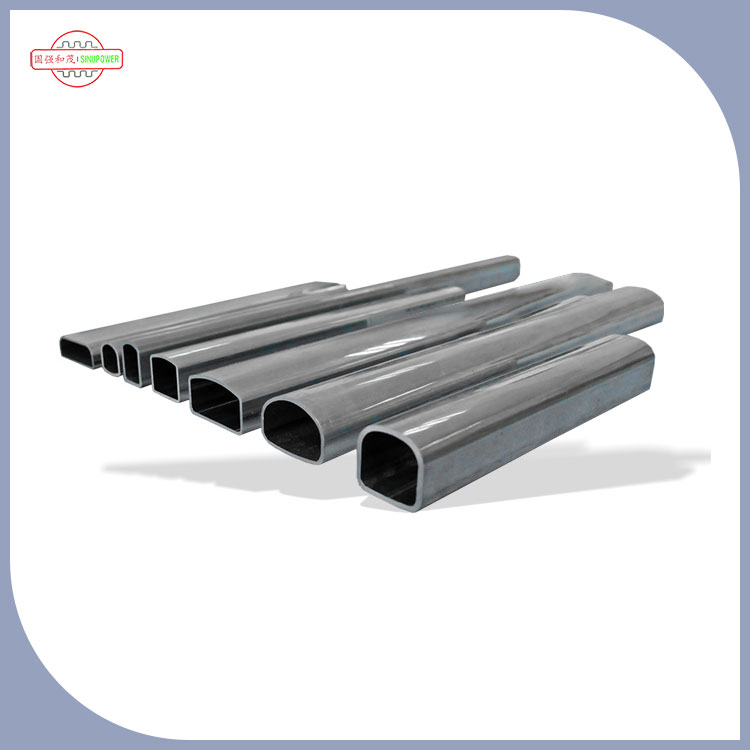
D-type Round Condenser Tube has several advantages over other types of heat exchangers. One of the primary advantages is that it has a larger heat transfer surface area than other types of heat exchangers. This means that it can transfer heat more efficiently, which can help reduce energy consumption and costs. Another advantage of D-type Round Condenser Tube is that it is more compact than other types of heat exchangers. This means that it can be used in applications where space is limited or where a more compact design is required.
D-type Round Condenser Tube is commonly used in a wide range of industrial and commercial applications. One of the most common applications is in power plants, where they are used to transfer heat from the steam that is produced by the power plant to the cooling water that is used to cool the steam. They are also commonly used in refrigeration systems, air conditioning systems, and other applications where the transfer of heat is critical.
The main difference between a D-type round condenser tube and a shell-and-tube condenser is the design. A D-type round condenser tube is a type of tube-in-tube heat exchanger, while a shell-and-tube condenser has a shell that surrounds a series of tubes. While both designs are used to transfer heat between fluids, the D-type round condenser tube is typically more efficient and requires less space than a shell-and-tube condenser.
D-type Round Condenser Tube requires regular maintenance to ensure that it continues to operate efficiently. This typically includes cleaning the tubes and shell to remove any deposits or buildup that can reduce heat transfer efficiency. In addition, it may be necessary to replace any damaged or worn components to ensure that the system continues to operate reliably.
D-type Round Condenser Tube plays a critical role in air conditioning systems by transferring heat from the refrigerant to the cooling water or air. This helps to cool the refrigerant so that it can be recirculated through the system to cool the air in the building. The efficiency of the air conditioning system is directly proportional to the efficiency of the D-type Round Condenser Tube.
In conclusion, D-type Round Condenser Tube is a critical component in a wide range of industrial and commercial applications. Its compact design and large heat transfer surface area make it an efficient and cost-effective choice for many applications. Sinupower Heat Transfer Tubes Changshu Ltd. is a leading supplier of D-type Round Condenser Tubes and other heat transfer equipment. If you are interested in learning more about our products and services, please visit our website at https://www.sinupower-transfertubes.com or contact us at robert.gao@sinupower.com.
Smith, J. (2015). The Efficiency of D-type Round Condenser Tubes. Journal of Heat Transfer, 137(3).
Wang, L. (2016). A Comparative Analysis of Shell-and-Tube Condenser and D-type Round Condenser Tubes. Chemical Engineering Journal, 302.
Li, Y. (2018). An Experimental Study of the Effects of Fouling on D-type Round Condenser Tubes. Heat Transfer Engineering, 39(5).
Zhang, Q. (2019). A Numerical Study of the Performance of D-type Round Condenser Tubes with Micro-Fins. Applied Thermal Engineering, 147.